EvoAgentX – The Self-Evolving AI Agent Framework Revolutionizing Workflow Automation
Building efficient multi-agent systems has long been a complex bottleneck for AI researchers and developers. Traditional systems require tedious manual configuration, struggle to adapt post-deployment, and lack autonomous optimization—until now. Researchers from the University of Glasgow have launched EvoAgentX, the world’s first open-source framework enabling AI agents to self-evolve, fundamentally transforming how we build and optimize intelligent workflows.
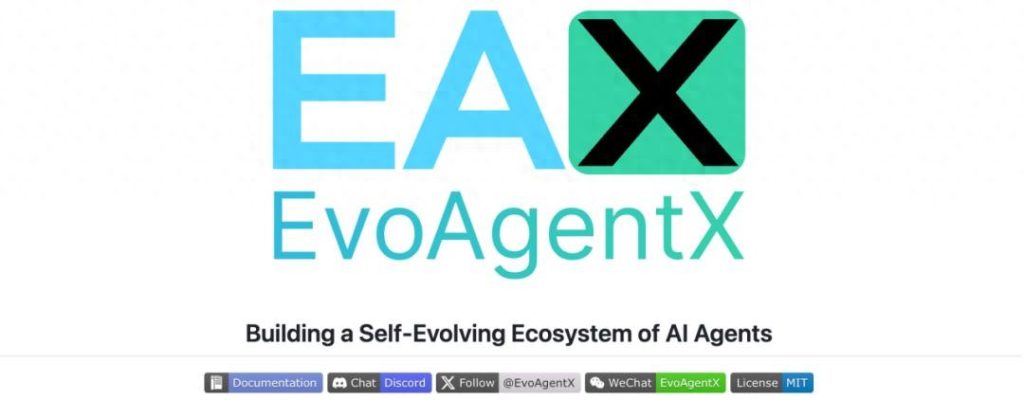
Why Current Multi-Agent Systems Fall Short
While AI agents powered by large language models (LLMs) are widely used in research and industry, creating stable multi-agent workflows remains challenging:
- Manual-heavy setup: Agent selection, prompt tuning, and workflow design demand significant expertise.
- Static limitations: Systems "freeze" after deployment, requiring manual rework for new tasks.
- Scalability barriers: The endless "build-debug-refactor" cycle hinders real-world adoption.
How EvoAgentX Solves These Challenges
EvoAgentX introduces groundbreaking capabilities for dynamic AI development:
- One-Click Workflow Generation
Users describe a task goal (e.g., "analyze resumes and recommend jobs"), and the system automatically configures agents, designs workflows, and assigns roles—eliminating weeks of manual setup. Real-world applications include PDF-to-job matching and stock data visualization. - Continuous Self-Evolution
Unlike static systems, EvoAgentX agents autonomously optimize prompts, workflow structures, and memory mechanisms during operation. In tests across HotPotQA (multi-hop QA), MBPP (code generation), and MATH (math reasoning), performance improved by 8–13% with zero human intervention. - Unified Evaluation Ecosystem
Built-in metrics quantify system performance, while tools like MCP enable domain-specific feedback (e.g., finance APIs for stock analysis). This creates reproducible benchmarks critical for research and deployment.
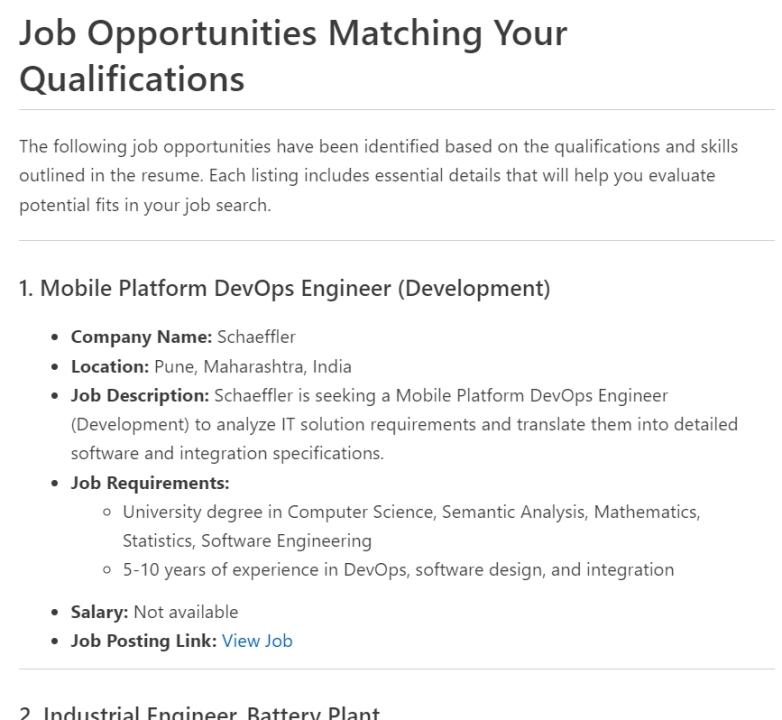
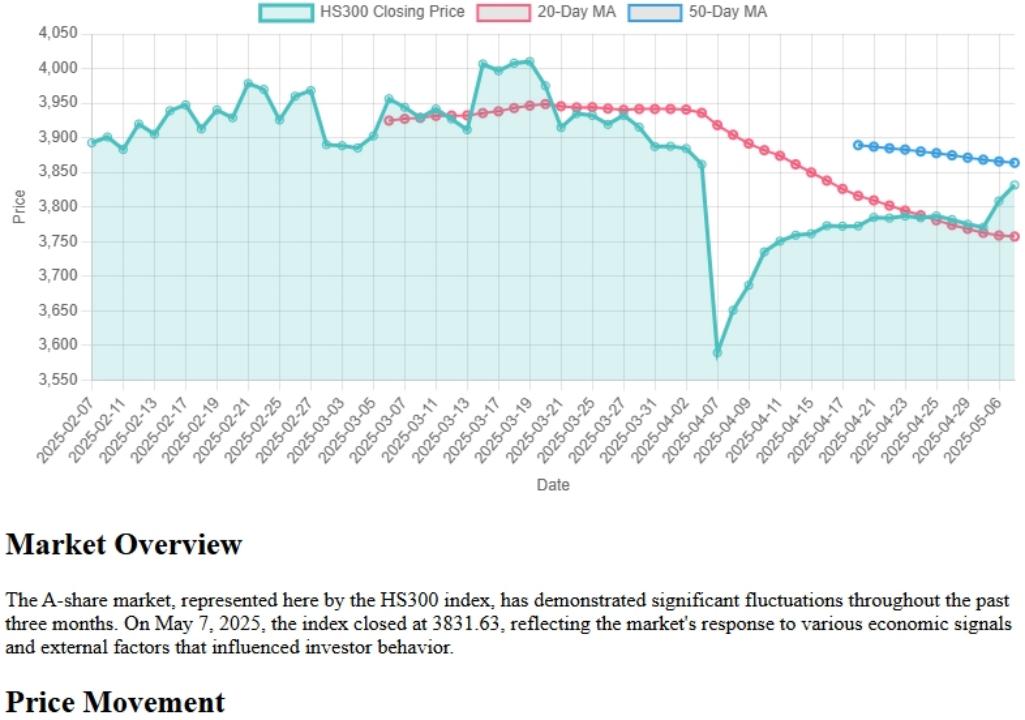
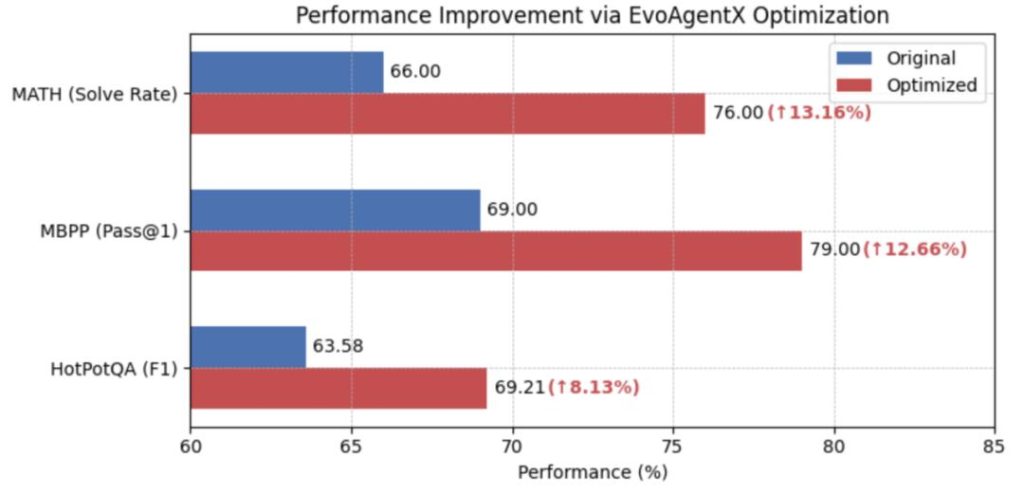
Real-World Impact & Architecture
EvoAgentX isn’t just theoretical:
- Enhanced existing systems: Optimized Hugging Face’s Open Deep Research framework, boosting accuracy on GAIA benchmark tasks.
- Modular design: Its layered architecture supports flexible scaling:
- Agent Layer: LLM integration, memory, and execution modules.
- Evolution Layer: Self-optimization algorithms for prompts/workflows.
- Evaluation Layer: Performance tracking across environments.
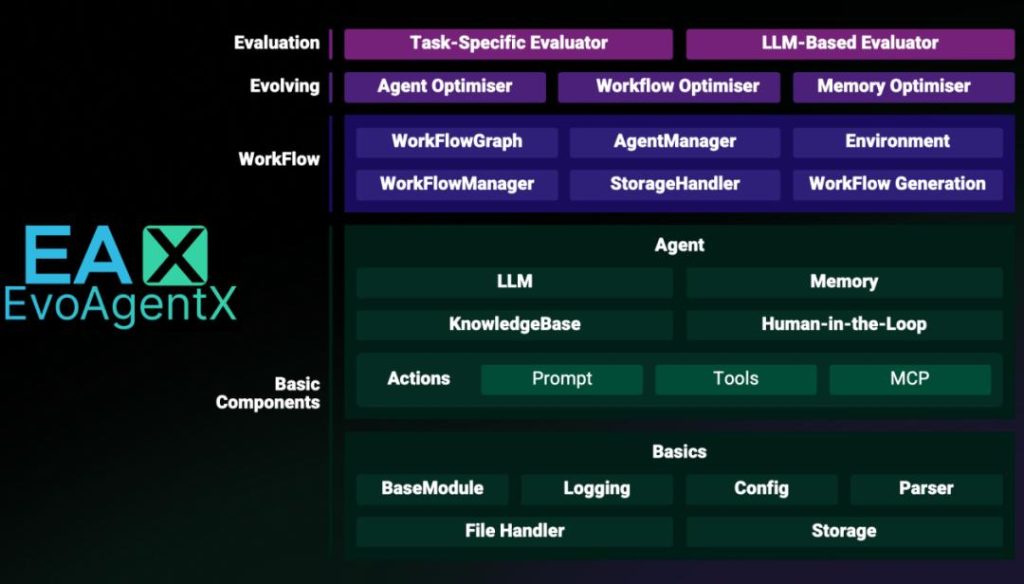
Explore the GitHub repository for technical docs and case studies.
The Future: An Open Ecosystem for AI Evolution
EvoAgentX envisions a collaborative ecosystem where:
- Developers contribute reusable agent modules via a shared "marketplace."
- Systems cross-learn from collective optimization data.
- Users simply define goals—agents handle creation, execution, and evolution.
Upcoming milestones include visual workflow editors, adaptive memory optimization, and community-driven component libraries. This shift from manual tuning to autonomous evolution could accelerate AI’s role in solving complex real-world problems—from drug discovery to financial modeling.
Why This Matters for AI Practitioners
EvoAgentX democratizes advanced multi-agent system development, letting developers focus on problems rather than plumbing. Its self-optimizing nature reduces iteration time while improving outcomes—key for startups and enterprises alike.
Discover more cutting-edge AI workflow tools in our Generative AI Tools section, or explore how autonomous agents are reshaping productivity software. The future of AI isn’t just automated—it’s evolutionary.